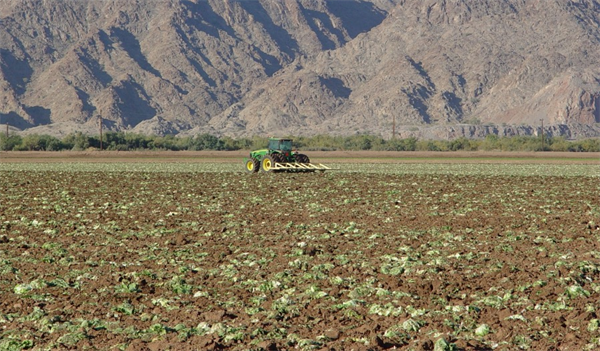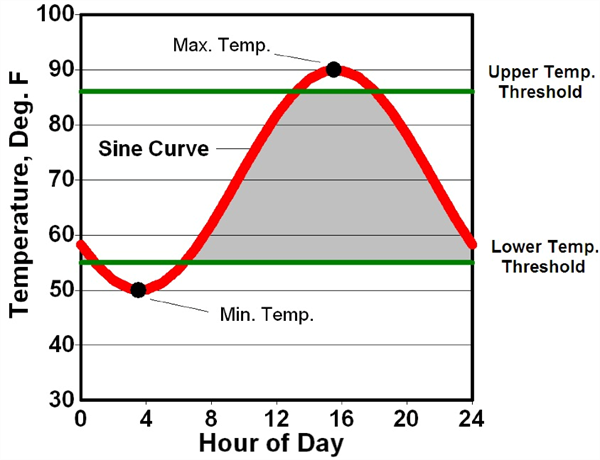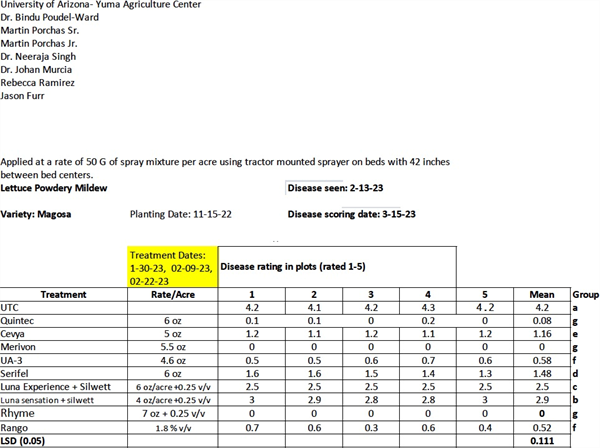-
Nov 15, 2023Field Sanitation Important for Avoiding Spring Pest Problems
The produce harvest season is well underway and fall acres are slowly beginning to finish up. Although pest pressure is decreasing with cooler temperatures, the forecast of El Nino (warm, wet weather) conditions could be ideal for insect growth and survival this winter and spring. So, it’s very possible you could observe above average insect numbers come January, particularly if growers are lax in their post-harvest farming practices right now. Insect dispersal from alternate crops and weed hosts can often be significantly reduced with timely cultural practices following harvest. The longer a harvested crop remains above ground, more insects can build up and move to adjacent plant hosts-especially in dry and warm weather. Thus, sanitation and clean culture are important cultural practices that can be employed by growers on a field by field, and area-wide basis to reduce pest populations during the winter and spring. And sanitation will be very important this year for preventing the spread Impatiens Necrotic Spot Virus (INSV) infecting lettuce crops. We reported last time that INSV has moved into the desert again on coastal transplants and those fields are now being harvested. With this comes the potential for INSV to spread to adjacent direct-seeded fields within a 1-mile radius of the transplants. Remember, INSV is transmitted by western flower thrips (WFT) adults but acquired only by 1st and 2nd instar larvae feeding on infected lettuce and weed hosts. It is a complex pathosystem that makes WFT management more important than ever. It will be important to minimize immature development and adult dispersal as much as possible. And we can’t rely solely on insecticides to accomplish this. So, the fewer WFT moving around in the cropping systems, the less chance for spread of INSV. As a first line of defense, growers should disc under lettuce crop residues immediately after harvest of fall and winter crops. Neglected post-harvested lettuce crops can serve as a significant reservoir for INSV, and for infected WFT also. Clean culture is also important for preventing potential INSV infections. Weeds are notorious for harboring important plant viruses and their insect vectors. We’ve experienced this for years in the desert with aphid-borne potyviruses and whitefly criniviruses. Research has shown that several common weed species we find growing in the desert serve as hosts to both WFT and INVS. More importantly, little mallow and nettleleaf goosefoot can be found throughout the desert during the winter and WFT reproduce prolifically on these weed hosts. So, maintaining a clean culture via thorough weed control in and around crops can help prevent WFT buildup and dispersal, and potentially the spread of INSV in spring crops. Keep those ditch banks clean. For more information on Thrips and INSV management, visit this link: Thrips and INSV Management in Desert Lettuce
Yogi Berra once retorted “You can observe a lot by just watching”
 To contact John Palumbo go to: jpalumbo@ag.Arizona.edu
To contact John Palumbo go to: jpalumbo@ag.Arizona.edu











